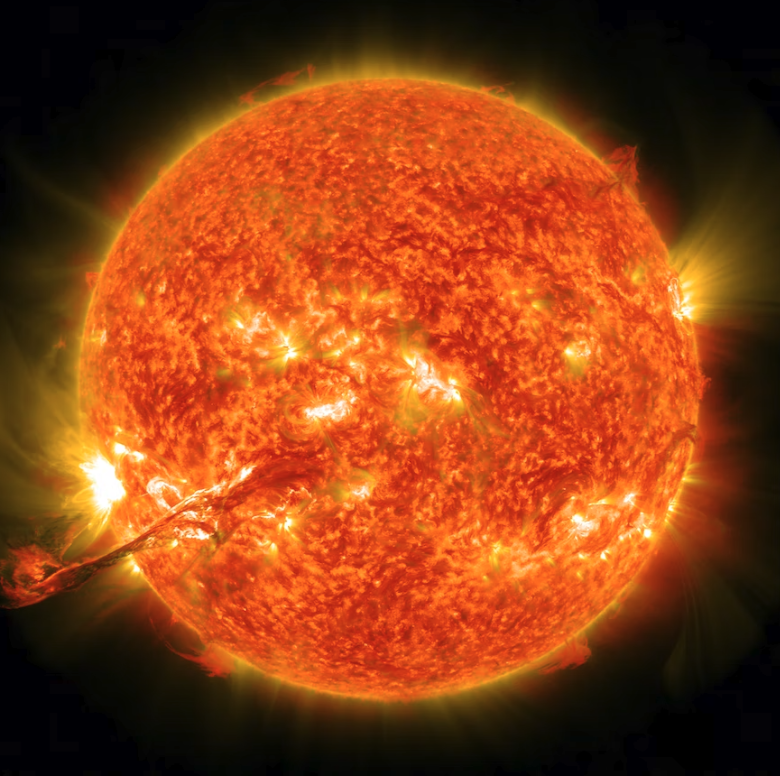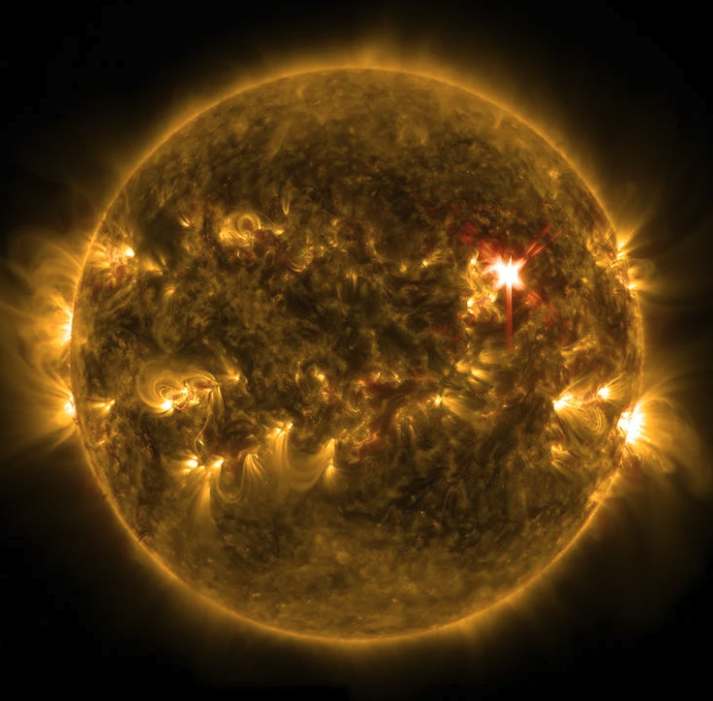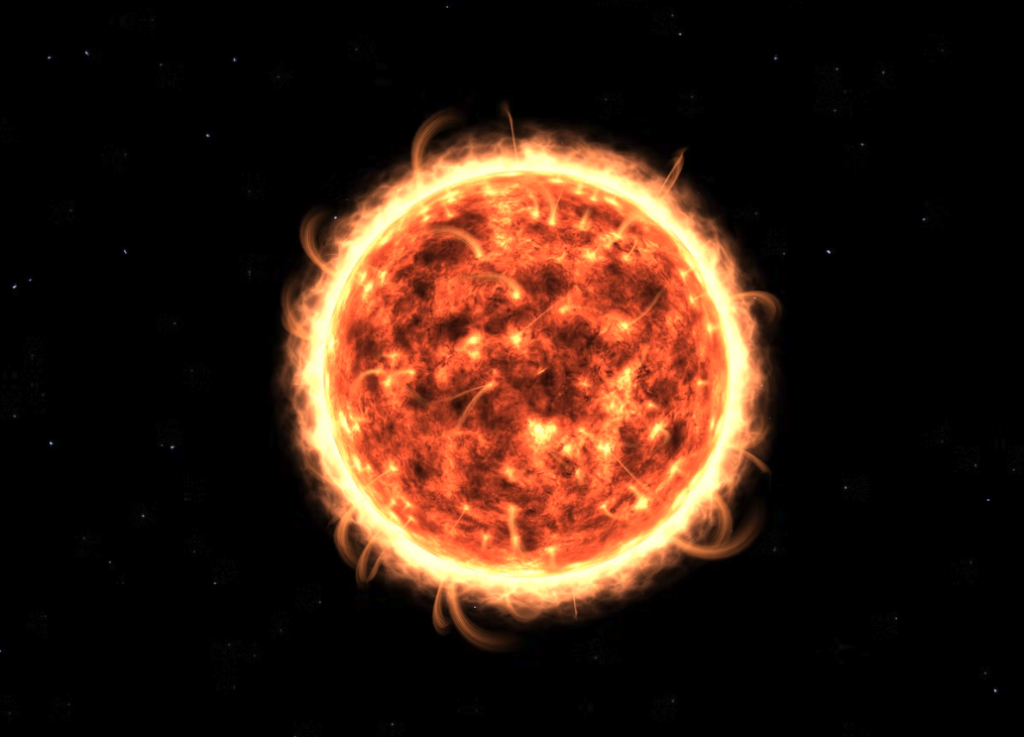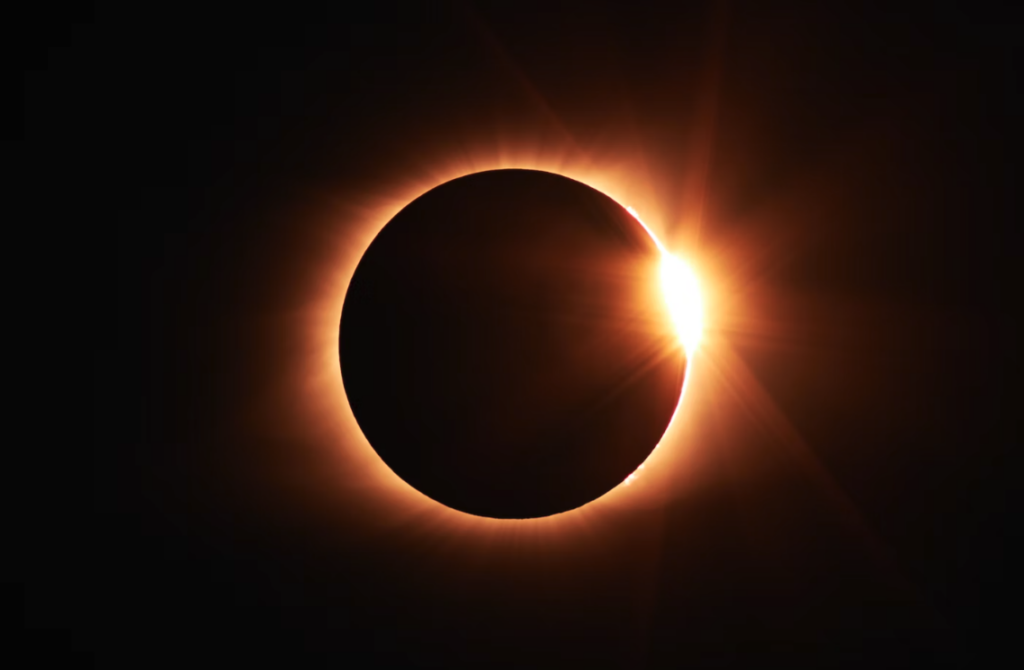How do Scientists Measure the Temperature of Planets?
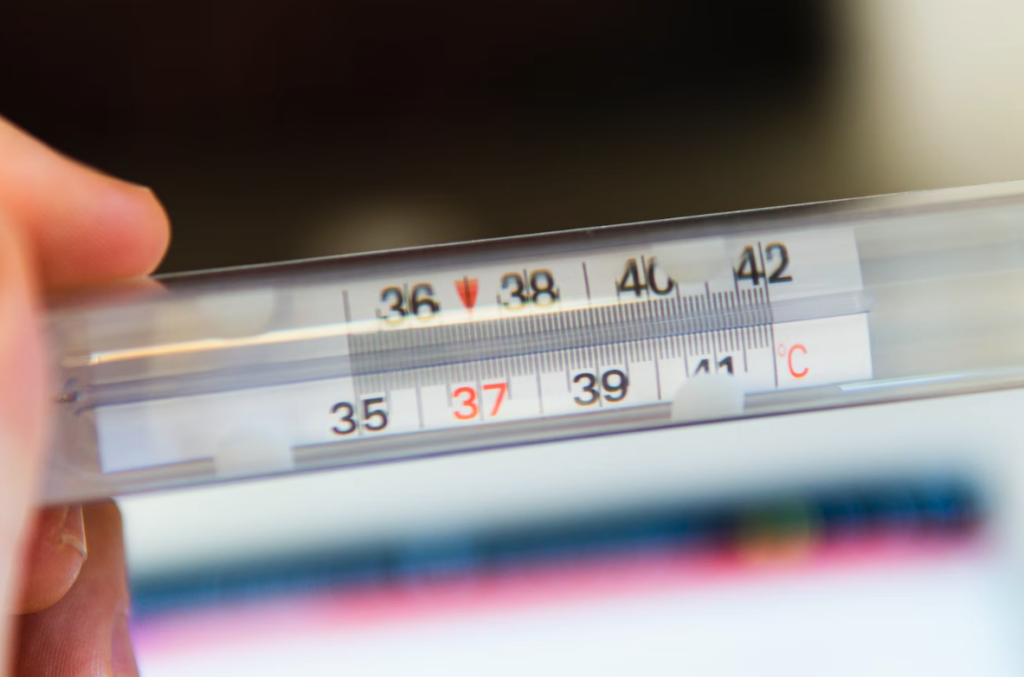
When determining what the coldest planet is, we must first ask how the temperature of planets are measured. Knowledgable people immediately answer “Uranus of course; the temperature on Uranus is minus 371 degrees Fahrenheit”. How does anyone know that? Did we shoot thermometers at the planet or something?
Actually, scientists HAVE placed thermometers on some planets, most notably Mars. But for the more distant planets like Uranus, scientists estimate the temperature by looking at the light emitted by the planet. When estimating temperature, scientists don’t look at visible light; they look at infrared light, the light that has a longer wavelength than the red light that we can see.

Planck’s law is a formula that calculates how much light is emitted at each wavelength from an object based on its temperature. This law is firmly founded on the basics of quantum mechanics, thermodynamics, and relativity. You can obtain an intuitive understanding of what the scientists are doing by looking at the coals of a fire. The hotter coals emit a lot of white light, less-hot coals glow red, and cool coals do not emit any visible light.
What Tools Are used to Calculate the Temperature of Planets?
Scientists use a device called a bolometer to convert the infrared light the planet emits at different wavelengths into distinct electrical signals, which can be converted into an estimate of the temperature of the planet. Similar technology is currently in use in thermal imagers and cameras, which are inexpensive and widely available. These devices are used for all sorts of purposes, such as checking for insulation leaks, determining if an infant has a fever, and observing wildlife in the dark.

It’s rather astonishing that you can buy a thermal imager at Walmart for under $100 that works on the same principles that scientists use to estimate the temperatures of objects that are billions of miles away.


